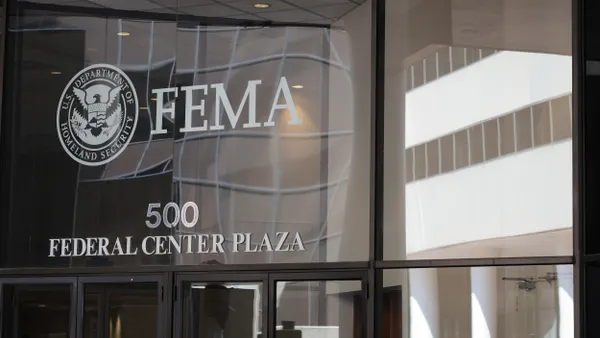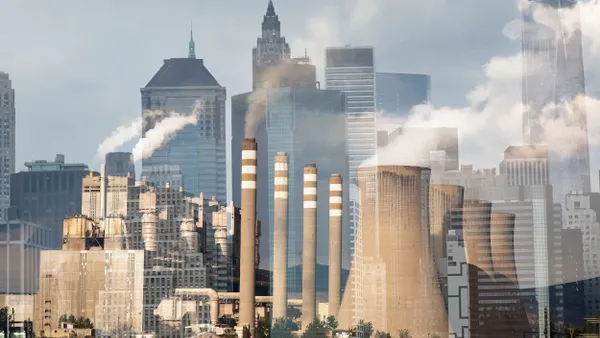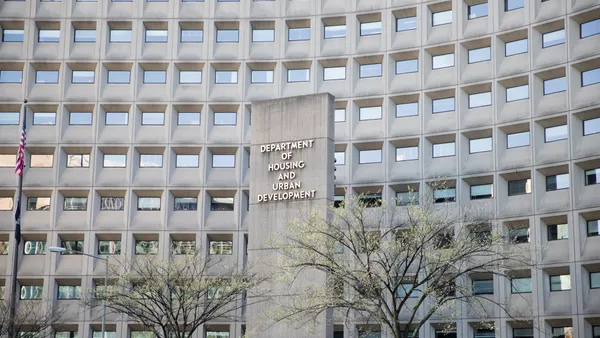Dive Brief:
- Breathing even slightly elevated levels of air pollution can lead to the same sort of lung damage as smoking, according to a new study published this week in the Journal of the American Medical Association.
- The study is the largest of its kind and tracked more than 7,000 adults in six major U.S. cities — Chicago, Los Angeles, Baltimore, St. Paul, MN, New York City and Winston-Salem, NC — over the course of a decade. Subjects' lungs were studied through CT scans and breathing function was studied through spirometry, and compared to air pollution levels recorded by U.S. Environmental Protection Agency (EPA) monitors.
- Breathing four pollutants — ground-level ozone, fine particulate matter, nitrogen oxide and black carbon — was found to be associated with increases in emphysema, a lung disease that causes shortness of breath and is most associated with smokers. Just a small increase of three parts per billion of ozone was associated with damage equivalent to smoking a pack of cigarettes every day for 29 years.
Dive Insight:
With its long scope and robust set of participants, all of whom were healthy at the start of the research, the study is another strong piece of evidence about the dangers of air pollution, especially ozone. It also helps explain why non-smokers exhibit chronic respiratory diseases like emphysema and chronic obstructive pulmonary disease. The health effects were especially pronounced in patients who experienced higher levels of ozone, or smog, the result of mixtures of pollutants in heat.
Although emissions of air pollutants have dropped in recent decades, recent EPA data showed that air quality has actually declined in many major cities. Across 35 cities, days with unhealthy levels of ozone and fine particulate pollution increased from a combined 706 in 2016 to 799 in 2018, the most since 2012, Reuters reports.
The American Lung Association's annual State of the Air report found that roughly 40% of the population lives in areas with unhealthy levels of air pollution. Cities have seen worsening air quality in part due to wildfires and rising temperatures, since heat is one component of ozone. The findings also come as the Trump administration has rolled back regulations designed to reduce pollution, including from power plants and automobiles.
Still, states and cities have taken steps to clean up the air, especially through transportation. This week, Colorado is debating and is expected to approve a proposal to join California and nine other states in requiring that a certain percentage of cars sold be electric or hybrid. By becoming a zero-emission vehicle (ZEV) state, the Colorado Department of Public Health and Environment (CDPHE) estimates that it will cut 300 tons of ozone precursors from cars, helping to clean up the Denver region, which has seen elevated ozone levels.
Promoting electric vehicles has become a priority in other states with ozone problems, led by California. John Putnam, director of environmental programs for the CDPHE, said on a press call that a rising population and increased traffic were eroding some of Denver's clean air gains, and the ZEV mandate was a way to tackle "some of the tougher, more persistent issues."









